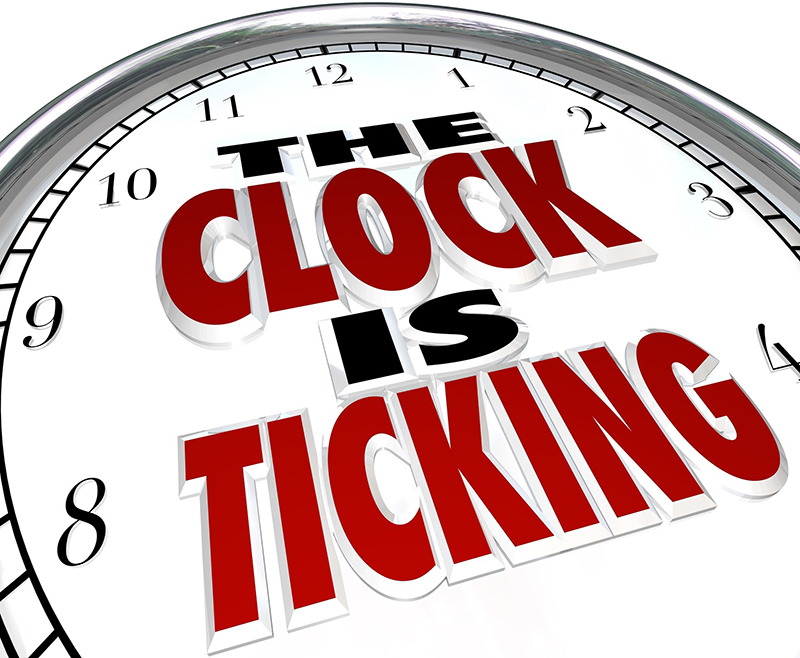


Include in the logs whatever metadata you think will be useful like the session ID, application state, browser info, etc. And to correlate to the relevant features, users, state, and whatever else might be relevant. Make sure to report measurements in a format that’s going to be easy to analyze later. It’s not the cleanest approach, but it can certainly save some time.Ĭonsider in advance the query you’re going to use to analyze the results. One way to deal with it is by using try.finally, like this:ĭo you suspect what’s going to be the performance issue? Can you place additional measurements in advance? If you do, you can save time waiting for another deployment to production. As a result, the duration might be negative. What happens when there’s an exception during execution? Will you still log the time execution? And is it going to be correct? A common bug happens when you mark the execution start, but the execution end is never reached because of an exception, so the timestamp remains at its default value or its previous value. Or create a Stopwatch class that uses performance.now() if it’s supported, and Date.now() otherwise (like here). This is done by adding a couple of headers that tell the browser that this site is cross-origin-isolated:Ģ. There is a way to override the low-resolution limitation and allow to output higher resolution. So even after the new limitations, performance.now() will have better accuracy than Date.now(). It’s rounded up to 1-millisecond resolution in Firefox and to 100us in Chromium ( us stands for microseconds).īy the way, Date.now() is rounded to 2 ms in Firefox (by default), and can be rounded up to 100ms if the setting privacy.resistFingerprinting is enabled. This is true for performance.now() API as well. Pretty complicated stuff, but the important thing to understand is that all APIs that produce any kind of accurate timestamp were limited to round their results. This has to do with modern processors speculating execution results and leaving observable data in memory as a side effect (see Spectre attack). Some very smart people discovered that using accurate timestamps exposes a major security vulnerability where potential attackers can use timestamp information to extract private data. Yes, that sounds strange, but there’s a good reason for this. Something like this:Įven though the intention of this API is to reach high-res timestamps, it’s purposely rounded to be less accurate.
Count run time r code#
You can use this to get the date before code execution and after code execution. One of the easiest ways to measure execution time is to use Date.now(), which returns the number of milliseconds that passed since JanuUTC, also known as UNIX Epoch Time. In this article, you’ll see the best ways to measure time, the pros and cons of each approach, as well as some best practices. While other languages have some sort of Stopwatch class, JavaScript has several different APIs that vary in accuracy and browser implementations. Whatever the reason, this kind of timer functionality is a bit tricky in JavaScript. Or you might need it as a feature, like showing the user how much time had passed.

Or you may need to get usage telemetry, like how much time it took for the user to press some button. You might want to detect and fix performance issues. A simple way to time execution in Golang is to use the time.Now() and time.There are many cases in which you’d want to measure execution time in JavaScript. Sometimes you just want to do some quick and dirty timing of a code segment.


 0 kommentar(er)
0 kommentar(er)
